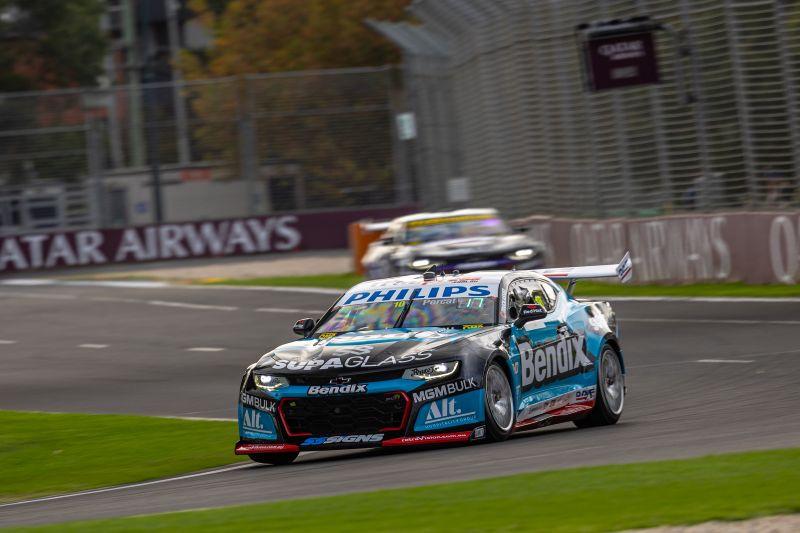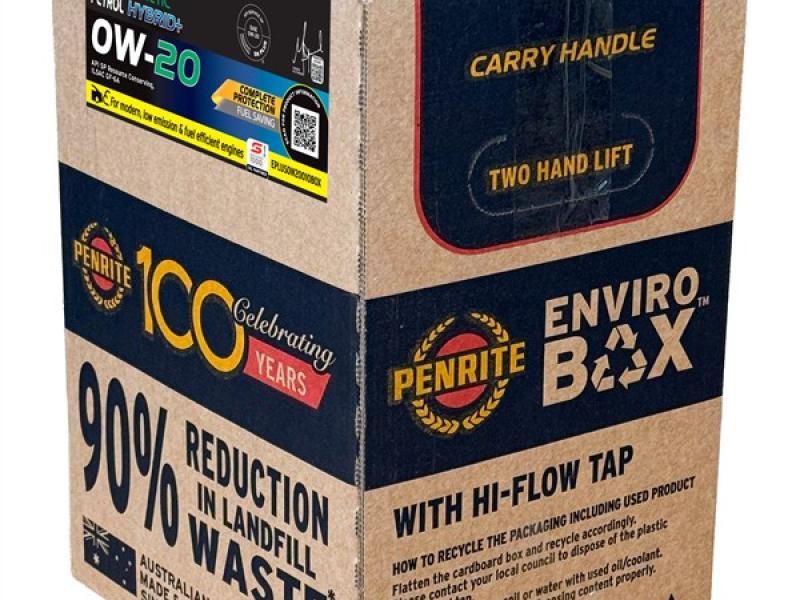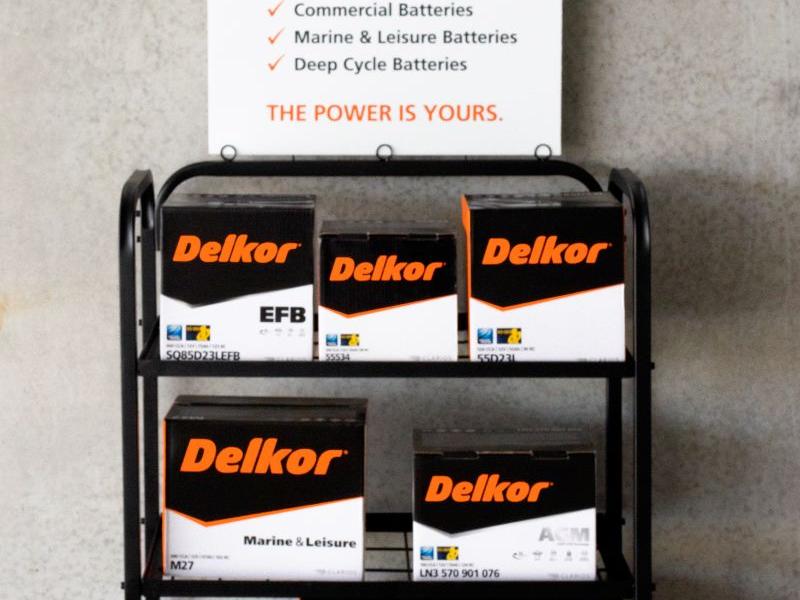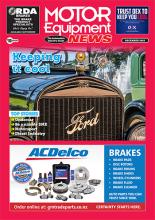At first glance, the recipe for motor racing success looks simple, the fastest car usually wins, but throw in tyre degradation and ‘wear and tear’, and there’s a lot to be said about driving with mechanical sympathy and to the conditions.
Bendix Racing driver Nick Percat said it’s not about driving flat out, all of the time.
“Brake longevity is one of the most crucial parts of racing, especially in the two enduro races,” Nick says, referencing 2025 Supercars rounds at ‘The Bend’ and ‘Bathurst’.
“At Bathurst, ‘The Chase’ is a massive braking zone where we see upwards of 1000 degrees on the brakes – we need a very positive pedal down there to make sure we can do 161 laps at a good pace, and also be confident when we get there that the car is going to stop.”
Heat is the enemy
Excessive heat in the brakes greatly impacts braking performance in a phenomenon known as brake fade, and it can happen both on and off the racetrack.
Brake fade is caused by the added heat that’s generated from repeated or sustained braking, or braking under heavy loads. The condition is caused when the disc brake pads have exceeded their maximum operating temperature range and the heat doesn’t effectively dissipate affecting the friction material which begins to deteriorate. The process can also cause the pads to leave friction matter on the rotors lubricating them and making braking less effective.
“When you’re trying to go fast, it’s very difficult on the racetrack to use the brakes less to try and reduce their temperature,” Nick explained.
“But the main way to do it is to have less peak brake pressure and less peak heat through the brakes – some drivers brake earlier and lighter, some will brake at the same spot and get off the brake quicker and have no trail brake phase, but it’s a hard thing to do. And if you’re in race traffic you need to try and find as much clear air under the front of the car as possible to cool things down.”
On the it’s easier to avoid brake fade by adapting your driving style: avoid riding the brakes, slow down, anticipate the road conditions ahead and lift off early rather than braking hard at the last minute. Drivers can also use engine braking, particularly on long descents.
Braking components can also be upgraded, including using rotors that are grooved and notched such as the Bendix Ultimate+ and Ultimate 4WD ranges which more effectively expel heat. A brake pad friction material formulation that offers improved high temperature performance such as Bendix Street Road Track, Ultimate, Ultimate+ and Ultimate 4WD, can also be selected.
A weighty issue
On the racetrack, other factors such as tyre degradation and fuel load also affect braking. Interestingly, Nick said that reduced tyre grip increases brake life and can help keep the brakes cooler.
“Tyre degradation slows down brake pad wear I would say, because we have to save the tyre – as tyre grip reduces we’re doing slower lap times; there’s no peak brake pressure and we’re not threshold braking so much which is what causes all the heat,” Nick said.
“And then there’s fuel load – obviously when the car’s heavy it’s harder to stop, it causes more heat and wears out the brakes faster, so end of stint, and qualifying is probably where you have the least amount of stress on the brakes.”
For road vehicles, braking performance (and fuel efficiency) can be improved by reducing unnecessary weight from the car. The heavier the vehicle, the larger its kinetic load and therefore more braking energy is needed to slow it down, so remove any unnecessary weight such as rarely used accessories, tools or other general items that have been stored onboard.
While there are some driving techniques that are transferable from track to road, Nick said that spirited driving is best left to the racetrack.
“You’ll find that most road cars with standard pads and rotors will quickly deteriorate under regular hard braking – on the road if you’re driving aggressively, you’re going to overheat the brakes and cause a lot of brake pad wear leading to potential failure, so the best way to stay safe and avoid premature wear is to drive sensibly,” Nick said.
www.bendix.com.au






